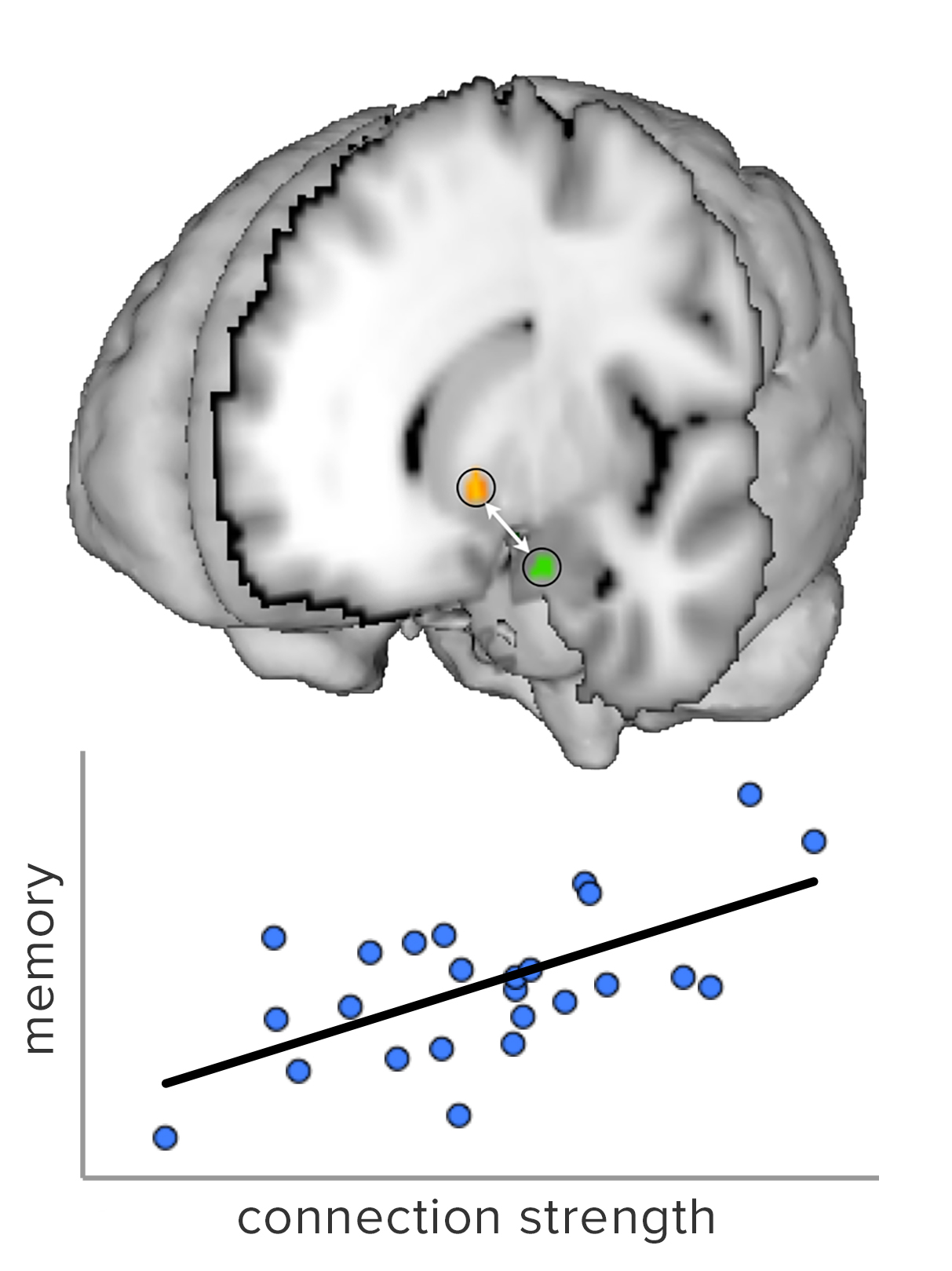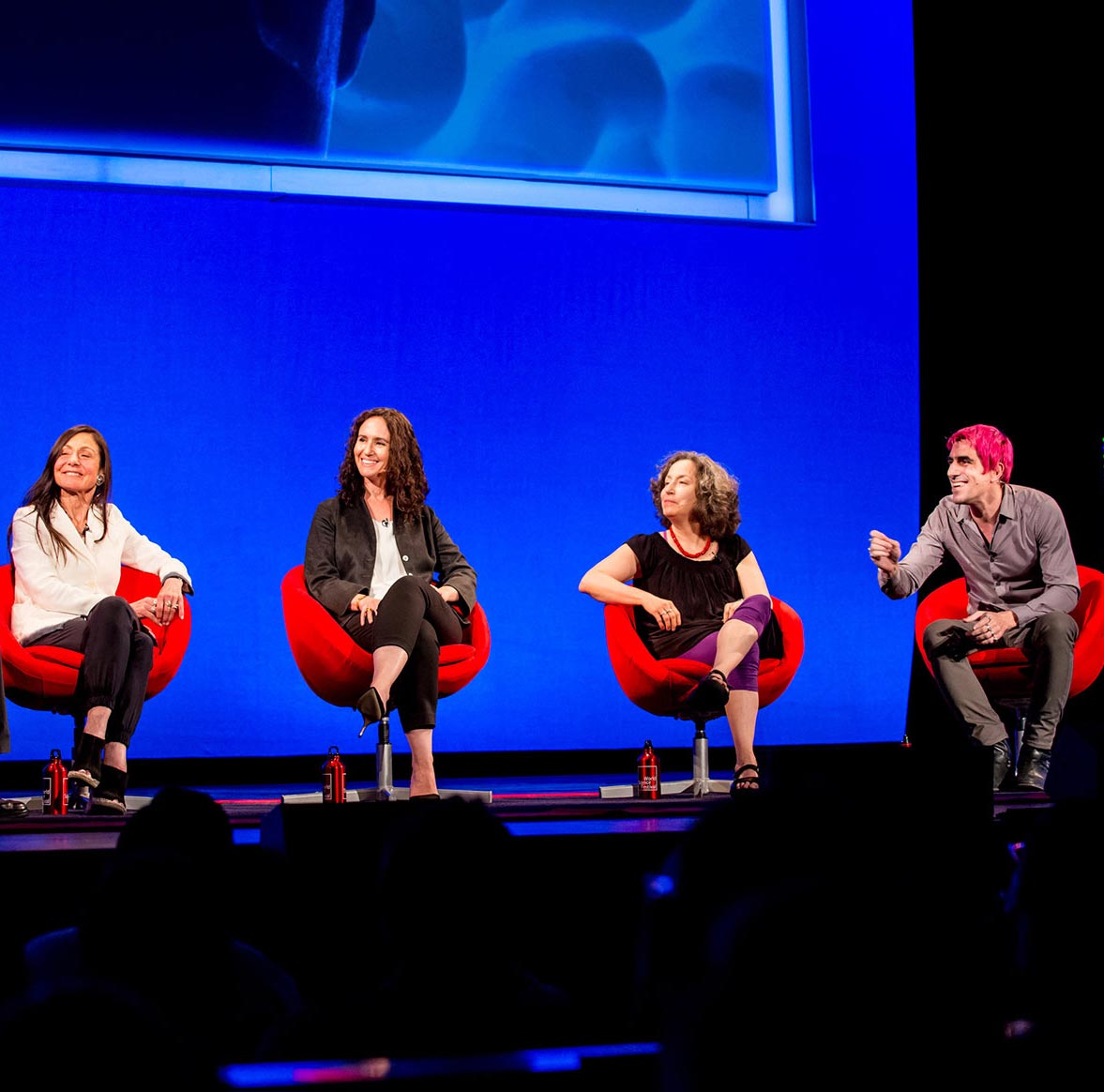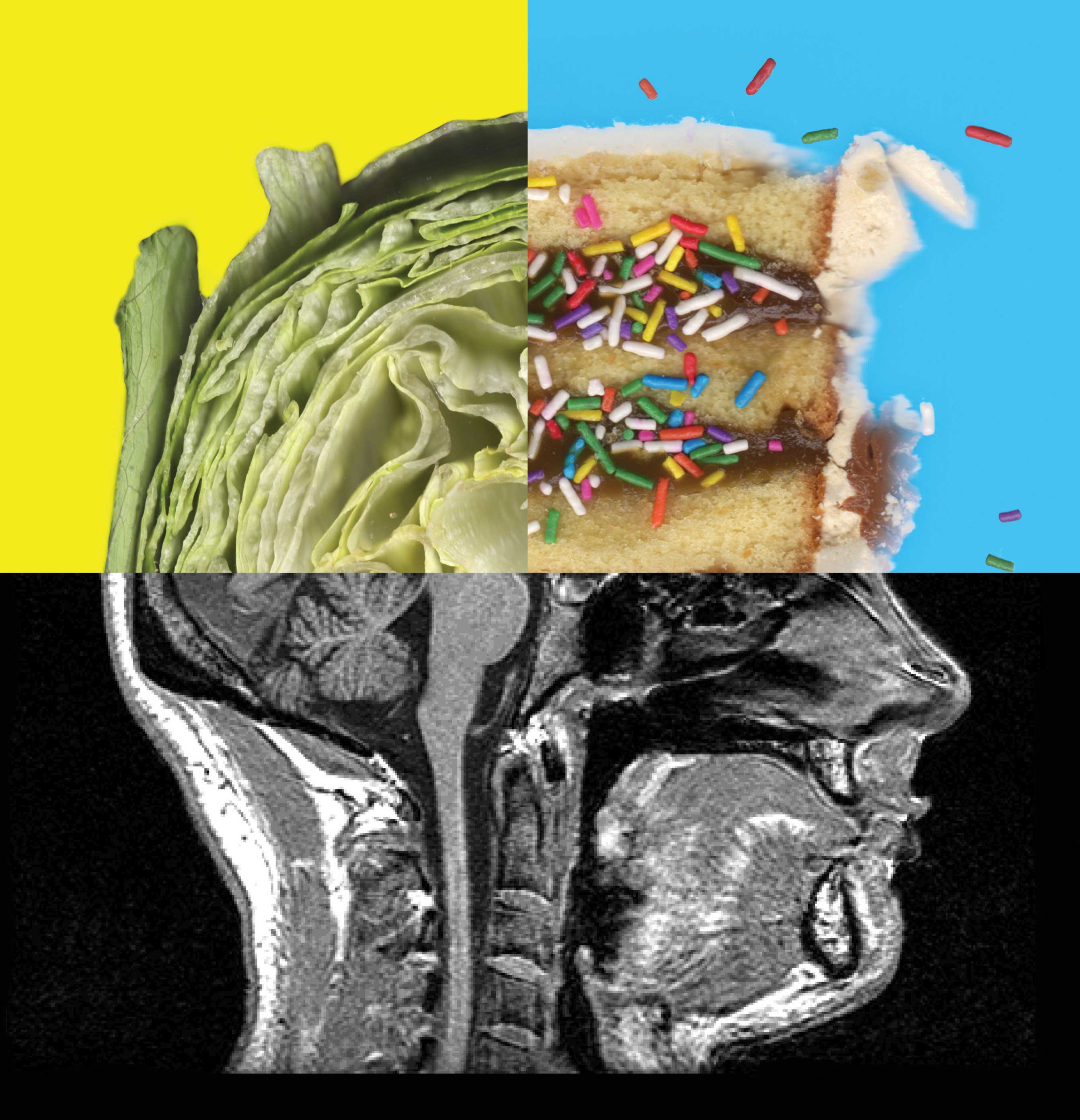Scientists have uncovered a unique feature of the adolescent brain that enriches teens’ ability to learn and form memories: the coordinated activity of two distinct brain regions. This observation, which stands in contrast to the adult brain, may be related to teens’ oft-derided affinity for reward-seeking behavior. These findings suggest that such behavior is not necessarily detrimental, but instead may be a critical feature of adolescence and the maturing brain.
The results of this research were published today in Neuron.
“Studies of the adolescent brain often focus on the negative effects of teens’ reward-seeking behavior. However, we hypothesized that this tendency may be tied to better learning,” said Daphna Shohamy, PhD, a principal investigator at Columbia’s Mortimer B. Zuckerman Mind Brain Behavior Institute and associate professor of psychology at Columbia. “Using a combination of learning tasks and brain imaging in teens and adults, we identified patterns of brain activity in adolescents that support learning — serving to guide them successfully into adulthood.”
What we can take from these results isn’t that teens necessarily have better memory, in general, but rather the way in which they remember is different.
For this study, which involved 41 teens and 31 adults, the authors initially focused on a brain region called the striatum. Previous research has shown that the striatum coordinates many aspects of higher brain function, from planning to decision making. But it is most well-known for its role in something called reinforcement learning.
“In simplest terms, reinforcement learning is making a guess, being told whether you’re right or wrong, and using that information to make a better guess next time,” said Juliet Davidow, PhD, the paper’s first author, who completed this research while earning her doctorate in psychology at Columbia and is now a postdoctoral fellow at Harvard University.
For example, imagine you are given a series of cards with numbers on them and are asked to guess the next number in the sequence
“If you guess right, the striatum shows activity that corresponds to that positive feedback, thus reinforcing your choice,” Dr. Davidow explained. “Essentially, it is a reward signal that helps the brain learn how to repeat the successful choice again.”
Because of teens’ inclination toward reward-seeking behavior, the researchers proposed that this age group would outpace adults in terms of reinforcement learning by showing a greater affinity for rewards. This hypothesis was confirmed after asking both groups to perform a series of learning tasks.
To see what was happening in the brain, Dr. Shohamy teamed up with Adriana Galván, PhD. Dr. Galván, who is an associate professor of psychology and faculty member of the Brain Research Institute at the University of California, Los Angeles, is an expert in brain imaging in teenagers. Together, they scanned the brains of each participant with functional magnetic resonance imaging (fMRI) while they were performing the learning tasks. The authors hypothesized that the teens’ superior abilities were due to a hyperactive striatum
“But surprisingly, when we compared the brains of teens to those of adults, we found no difference in reward-related striatal activity between the two groups,” said Dr. Davidow. “We discovered that the difference between adults and teens lay not in the striatum but in a nearby region: the hippocampus.”
The hippocampus is the brain’s memory headquarters. And while important for storing memories of events, places or individuals, it is not typically related to reinforcement learning. But in this study, the authors’ fMRI analysis revealed an uptick in hippocampal activity for teens — but not adults — during reinforcement learning. Moreover, that activity seemed to be tightly coordinated with activity in the striatum.

Above: A connection between activity in the striatum (orange) and hippocampus (green) may help adolescents learn by enhancing certain forms of memory (bottom graph) (Credit: Juliet Davidow/Shohamy Lab, Columbia’s Zuckerman Institute).
To investigate this connection, the researchers slipped in random and irrelevant pictures of objects into the learning tasks, such as a globe or a pencil. The images — which had no bearing on whether the participants guessed right or wrong — served as a kind of background noise during the tasks. When asked later on, both adults and teens remembered seeing some of the objects, but not others. However, only in the teens was the memory of the objects associated with reinforcement learning, an observation that was related to connectivity between the hippocampus and striatum in the teen brain.
“What we can take from these results isn’t that teens necessarily have better memory, in general, but rather the way in which they remember is different,” said Dr. Shohamy, who is also a member of Columbia’s Kavli Institute for Brain Science. “By connecting two things that aren’t intrinsically connected, the adolescent brain may be trying to build a richer understanding of its surroundings during an important stage in life.”
Indeed, studies have shown that adolescence is a pivotal time when powerful memories are formed, which the authors argue could be due to this enhanced connectivity between the hippocampus and striatum.
“Broadly speaking, adolescence is a time when teens begin to develop their independence,” said Dr. Shohamy. “What more could a brain need to do during this period than jump into learning overdrive? It may be that the uniqueness of the teen brain may drive not only how they learn, but how they use information to prime themselves for adulthood."
###
This paper is titled: “An upside to reward sensitivity: The hippocampus supports enhanced reinforcement learning in adolescence.” Additional coauthors include Karin Foerde, PhD, assistant professor of psychology at New York University.
This research was supported by the National Science Foundation (DGE-11-44155, BCS 0963750 and Career Award 0955494).
The authors report no financial or other conflicts of interest.



